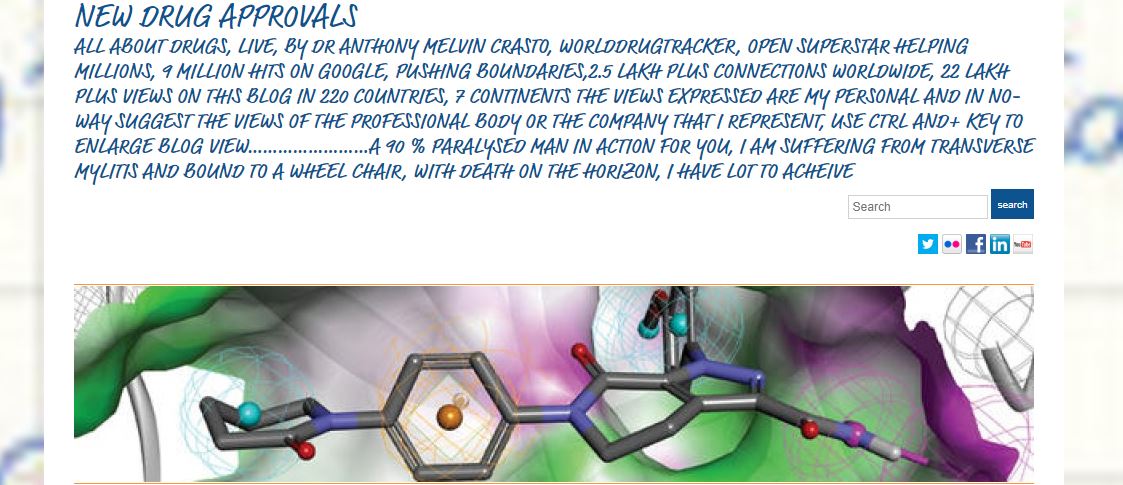1D - NMR Spectrum
2D - NMR Spectrum
2-D J-resolved spectrum
F1 scalar coupling F2 chemical shift |
2D-correlated spectrum
F1 & F2 chemical shift withn scalar spin-spin or dipolar copling a) 1H vs 1H b) 1H vs 13C |
Now many NMR techniques are now available for identifying molecular structures. Chemists can now clearly understand information about spin - spin coupling and the exact conectivity of atoms in molecules with techniques called multidimensional NMR spectroscopy. The most common techniques are two-dimensional NMR or 2D NMR such as COSY, HETCOR, and others.
In a COSY spectrum, a H 1 spectrum is shown along both horizontal and vertical axes, and the intensity of correlation peaks is shown as mountains.
Example : COSY spectrum of geraniol
1. Basic COSY spectrum of geraniol, in CDCl3 at 500 MHz
and H-6----H-8 couplings, and the differentiation between H-8 and H-9 is uncertain.
2. The DQFCOSY spectrum of geraniol, in CDCl3 at 500 MHz
The HETCOR experiment correlates 13C nuclei with attached 1H nuclei; these are one-bond couplings.
Example : HETCOR spectrum of geraniol
The HETCOR spectrum of geraniol, in CDCl3 at 500 MHz for 1H and 125.7 for 13C
- the methyl groups 10, 8, and 9
- the methylene 5, 4, and 1
- the alkene methines 6 and 2
- the quarternary carbon atoms 3 and 7 are not correlated with protons
1. Ipsenol
1.1 COSY spectrum of ipsenol
chemical shift (ppm)
|
indicated protons
|
correlations
|
6.35
|
olefinic
|
coupled to olefinic protons at d 5.08 ppm
|
5.08 (group)
|
olefinic
|
coupled to olefinic protons at d 5.35 ppm and methylene protons at d 2.22 and 2.48 ppm
|
3.83
|
carbinol methine
|
coupled to 4 protons corresponding to 2 adjacent methylene groups
|
2.48
|
methylene
|
coupled to carbinol methine proton and each other
|
2.22
|
methylene
|
|
1.82
|
isopropyl methine
|
coupled to 3 protons corresponding to 2 adjacent metnylene groups
|
1.80
|
hydroxylic
|
-
|
1.49
|
methylene
|
coupled to carbinol methine proton and each other
|
1.26
|
methylene
|
|
0.93
|
2 overlaping methyl doublets
|
coupled to isopropyl methine proton
|
1.2 HETCOR spectrum of ipsenol
13C chemical shift (ppm)
|
1H chemical shift (ppm)
|
indicated part of structure
|
143
|
-
|
olefinic (quarternary C)
|
138
|
6.35
|
olefinic
|
117, 119
|
5.08, 5.15
|
olefinic
|
117
|
5.24, 5.26
|
olefinic
|
69
|
3.83
|
carbinol methine
|
41
|
2.48, 2.22
|
methylene
|
25
|
1.82
|
isopropyl methine
|
-
|
1.80
|
hydroxylic
|
47
|
1.26, 1.49
|
methylene
|
22, 24
|
0.93
|
2 overlaping methyl doublets
|
|
||||||||||||||||||||||||||||||||||||||||||||||||||||||||||||||||||||||||||||||||||||||||||
EXAMPLES OF COSY NMR
READ
ANTHONY MELVIN CRASTO
 DRUG APPROVALS BY DR ANTHONY MELVIN CRASTO .....FOR BLOG HOME CLICK HERE
DRUG APPROVALS BY DR ANTHONY MELVIN CRASTO .....FOR BLOG HOME CLICK HERE
 amcrasto@gmail.com
amcrasto@gmail.com
CALL +919323115463 INDIA
//////////

 .
.







No comments:
Post a Comment